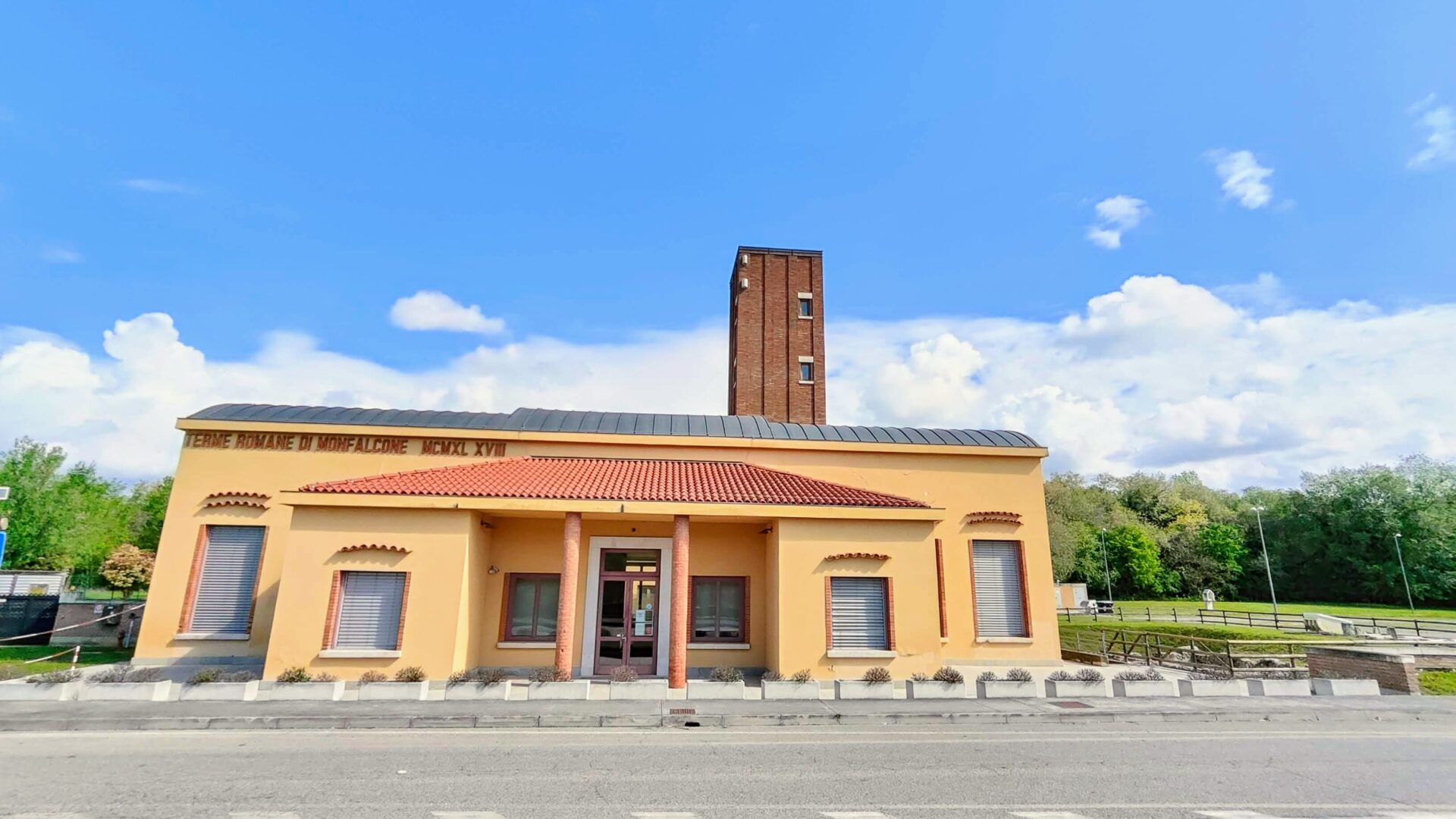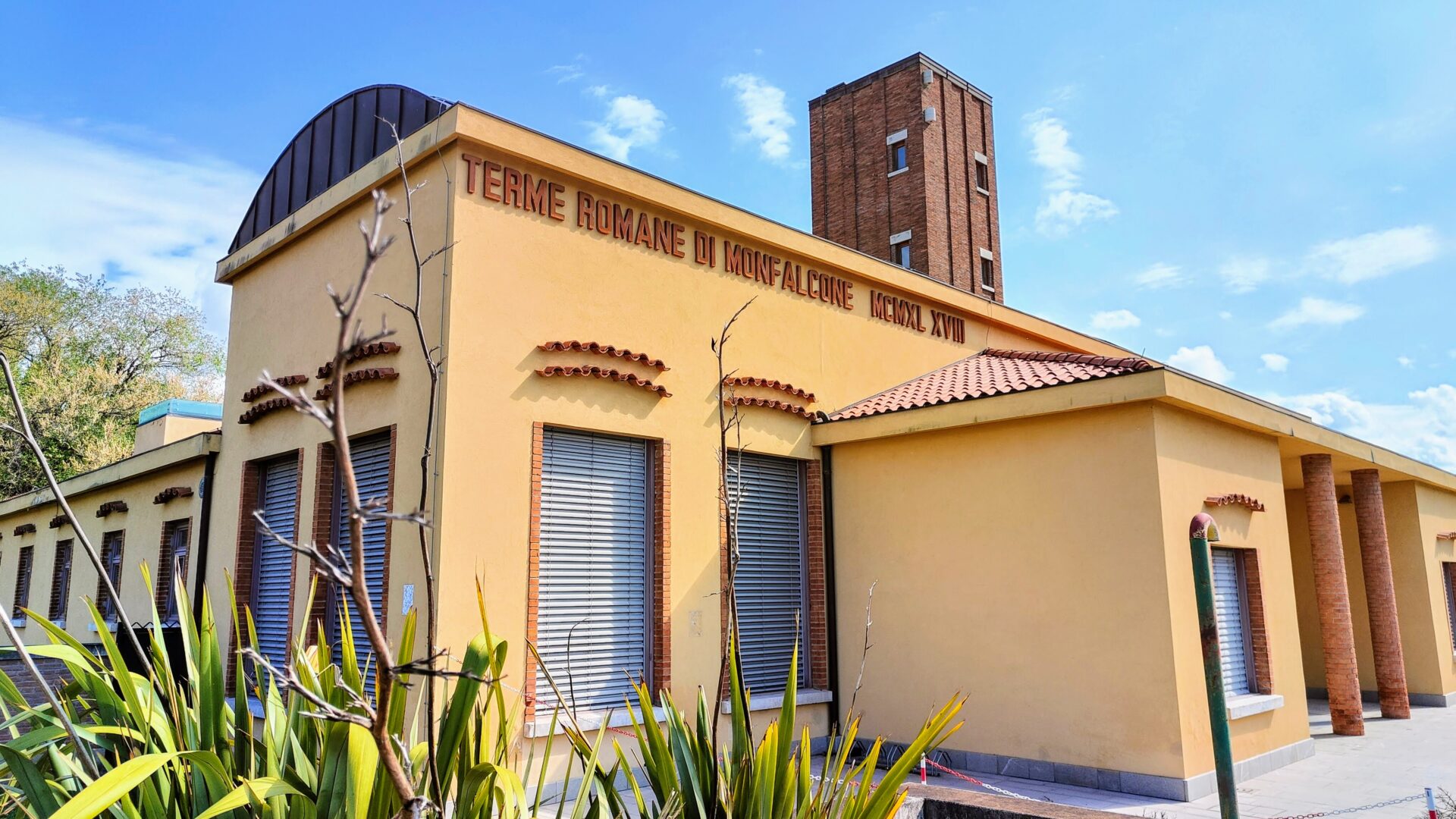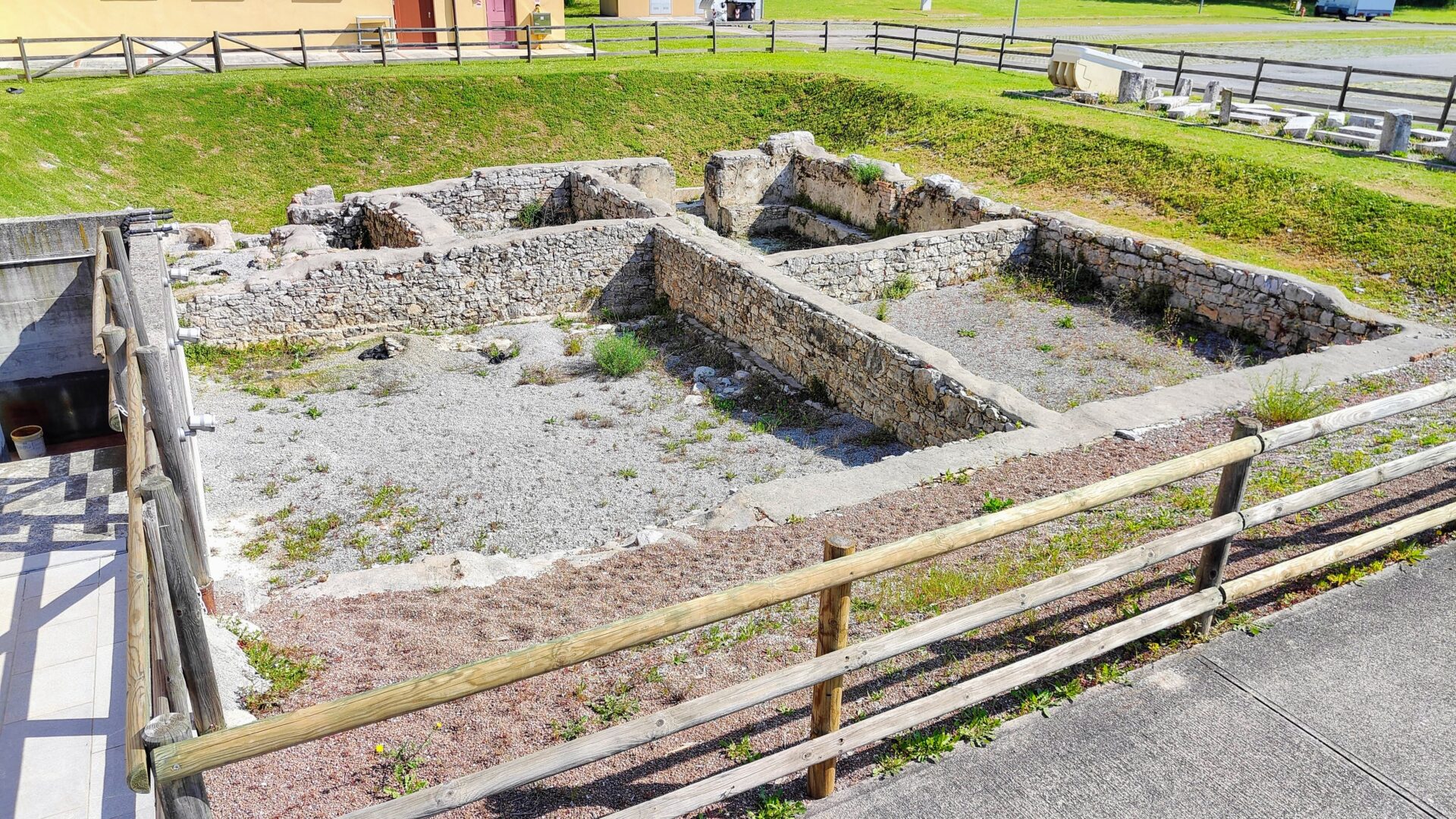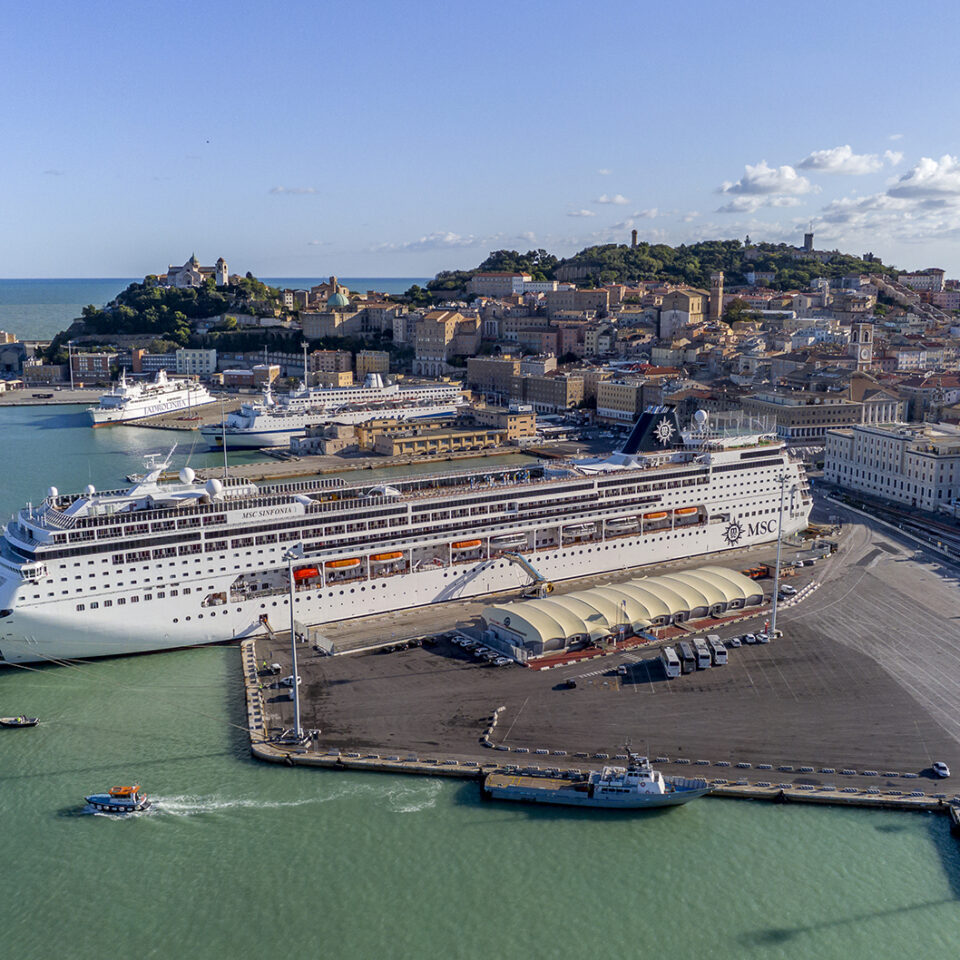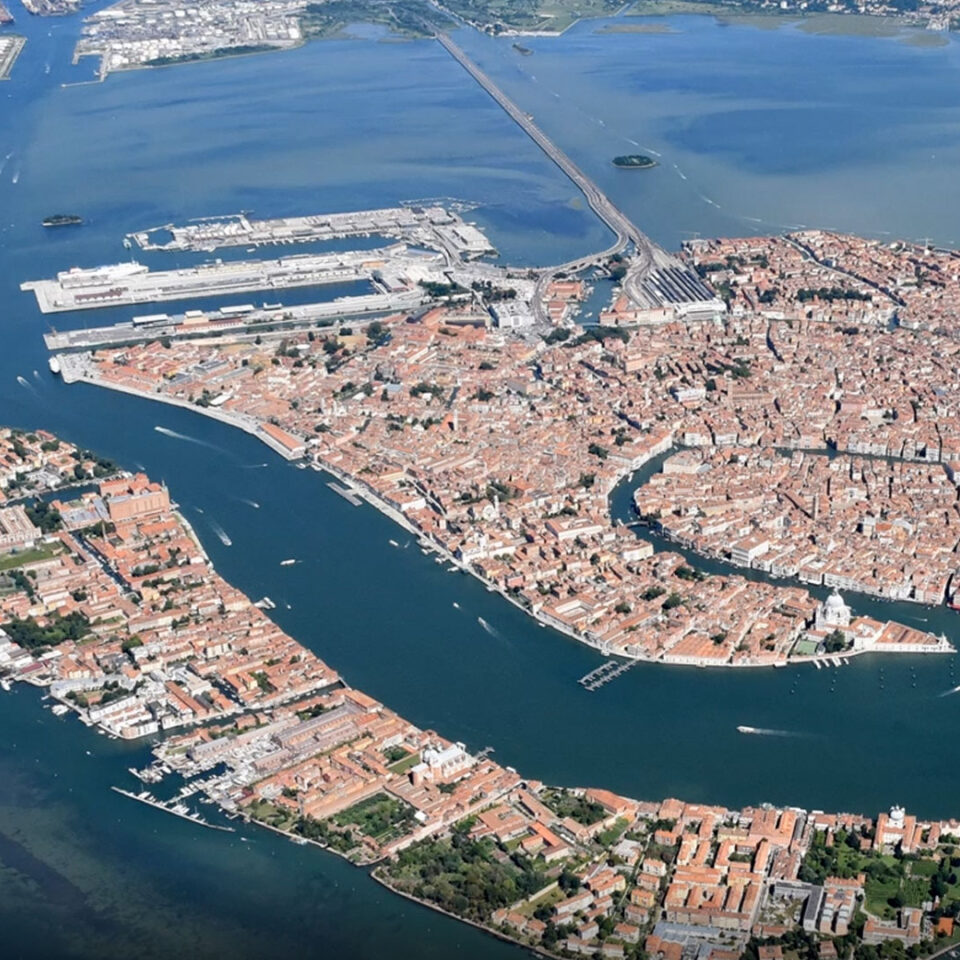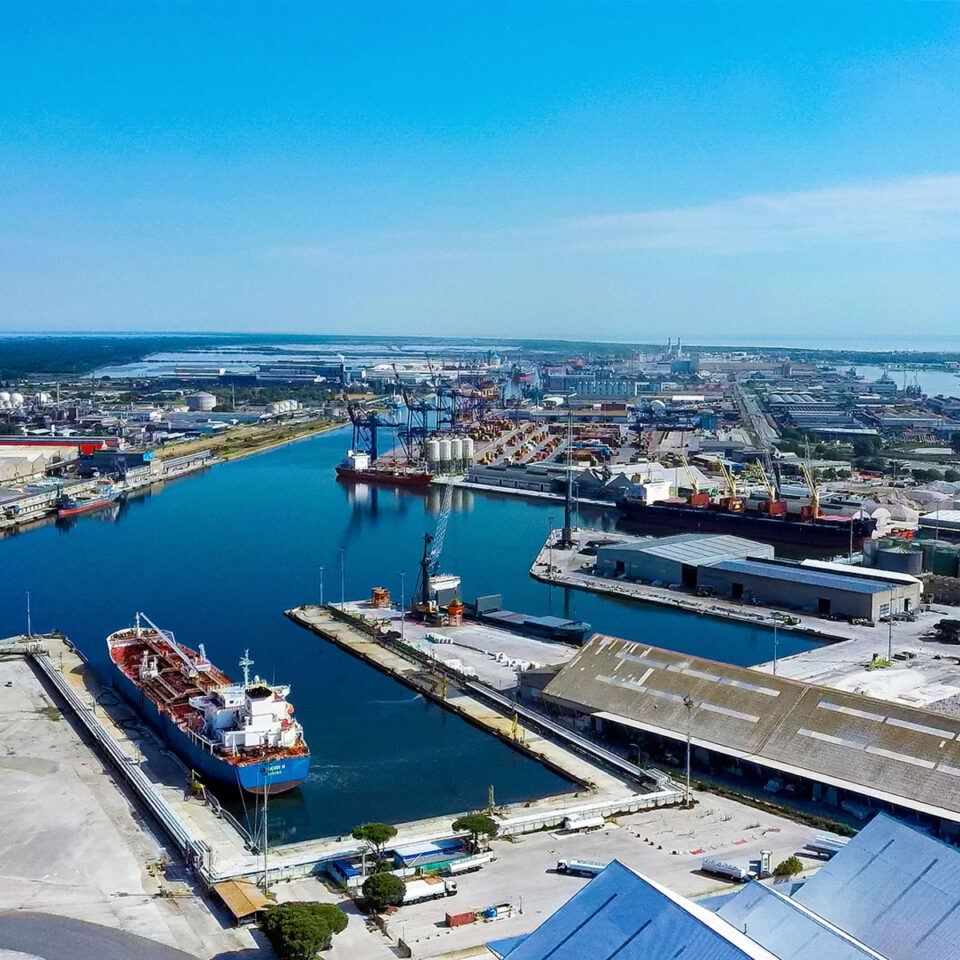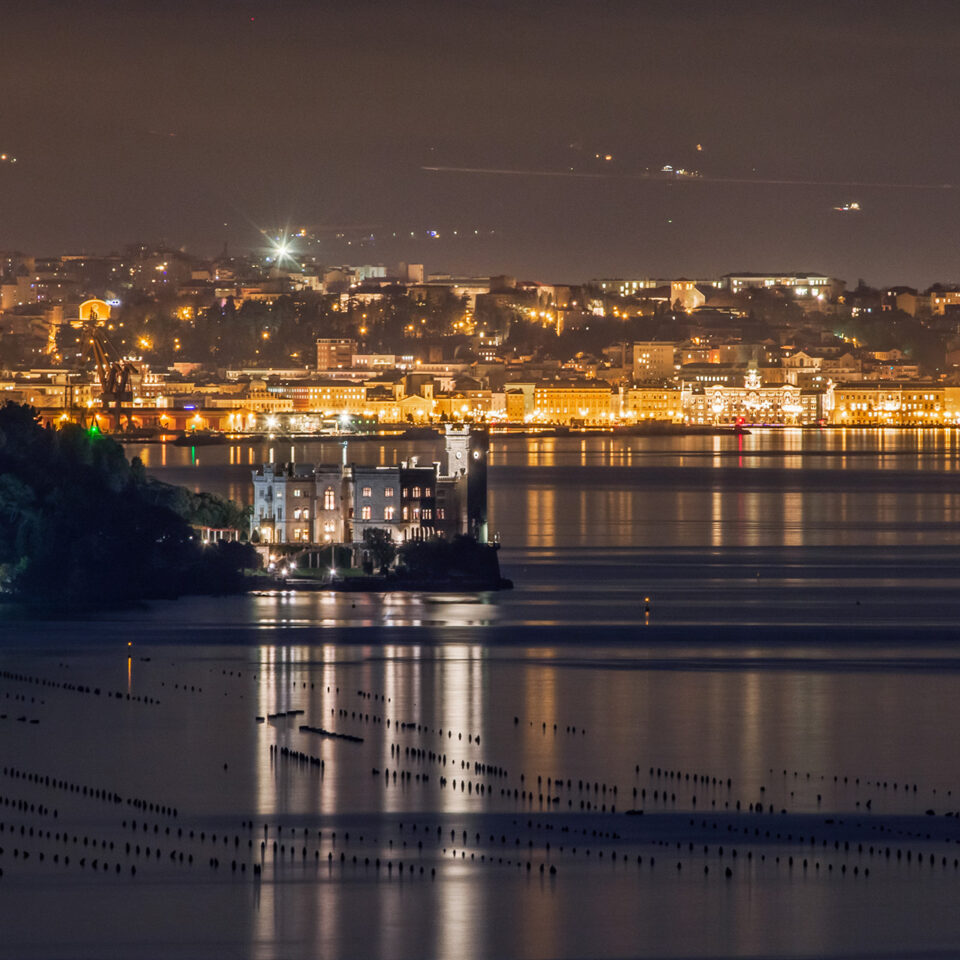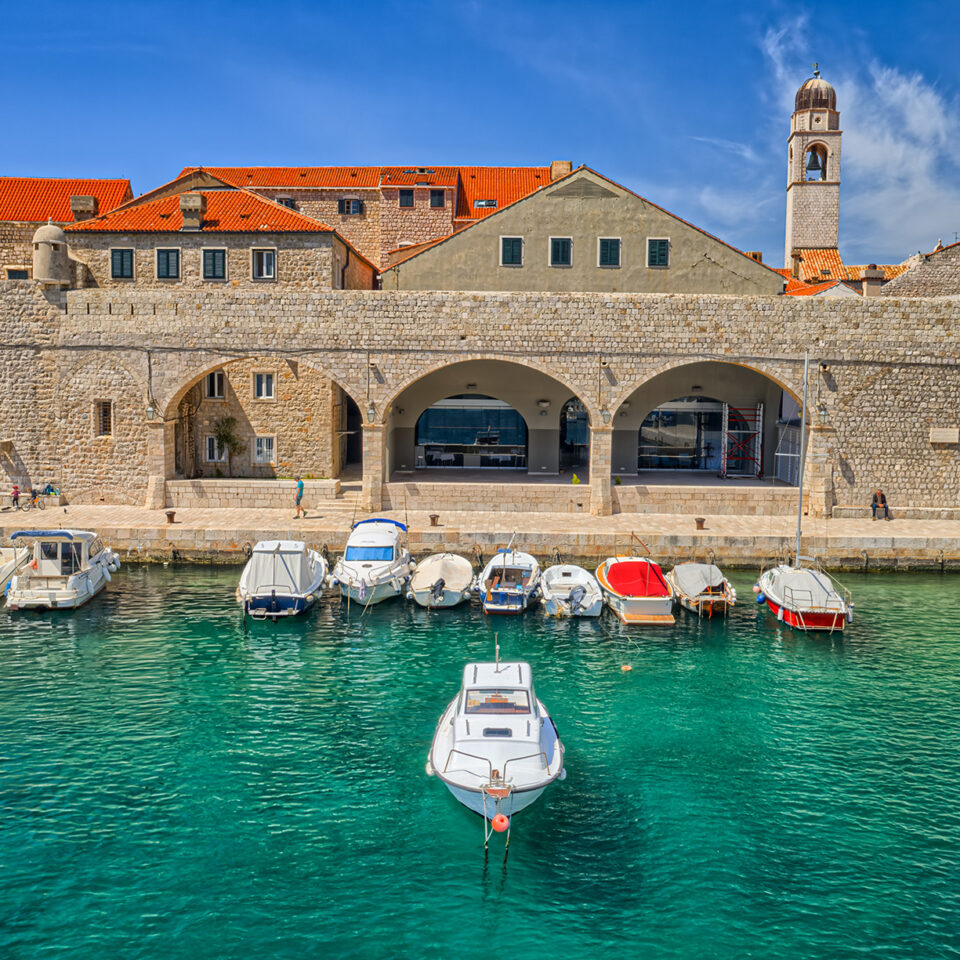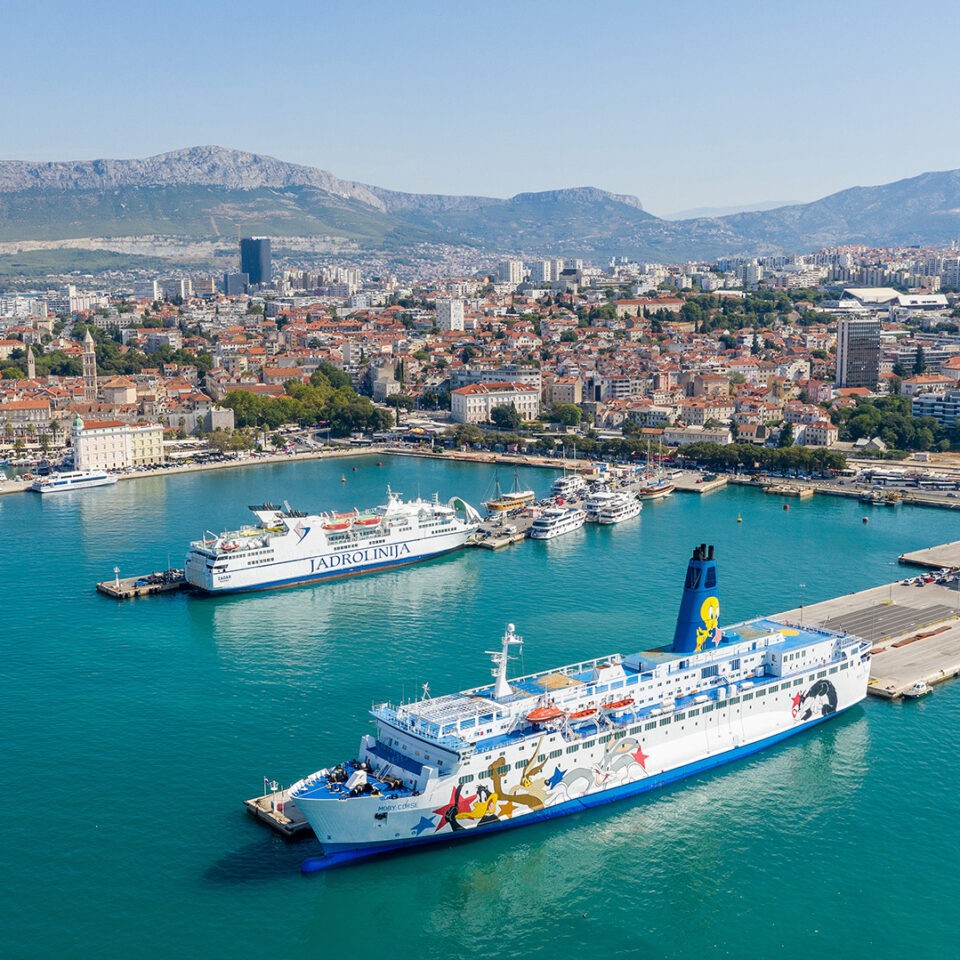

ROMAN BATHS OF MONFALCONE
The Roman Baths of Monfalcone, located near the source of the Timavo River and known since ancient times, have reopened their doors in 2014 after a major restoration. Their water, classified as “sulfurous-sulfate-alkaline-earthy” and bubbling at 38-39°C, was already appreciated in Roman times, as evidenced by studies dating their construction to the end of the first century BC. After an abandonment of nearly a thousand years following the barbarian invasions of 452 AD, the baths were reopened for a first time in 1433. Over the following centuries they were often damaged and reconstruced, continuing their activity until World War I. On October 5, 1881, British Consul Sir Richard Francis Burton dedicated the essay Aqua dei et vitae to the Monfalcone Baths, inspired by an ancient Roman inscription on a metal plate found at the site. “The place is a dry oasis in a reed-filled swamp that extends below the post road” is how Burton describes them, praising their healing properties.
Later excavations have revealed remains of porticoes, frescoed rooms and statues, also suggesting the presence of a sacred area linked to the Lacus Timavi cult for healings.
Today, the Roman Baths of Monfalcone are a spa center offering treatments and rehabilitation under agreement with the National Health System for bone, skin and circulatory diseases, as well as treatments for the respiratory tract. The modern building includes individual pools, rehabilitation and relaxation pools, a gym and ambulatory clinics, with an aesthetics department. Remains of the ancient Roman baths are still visible in the area, testifying to the site’s long history.


